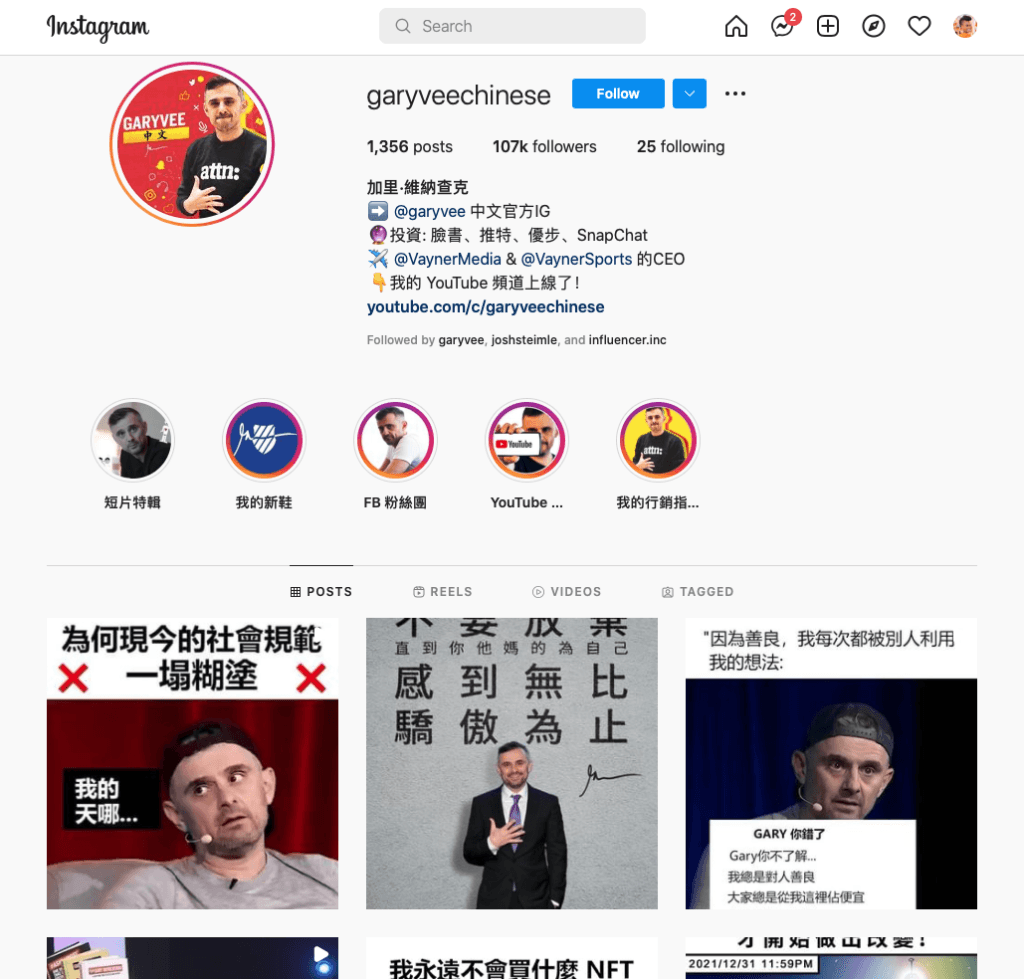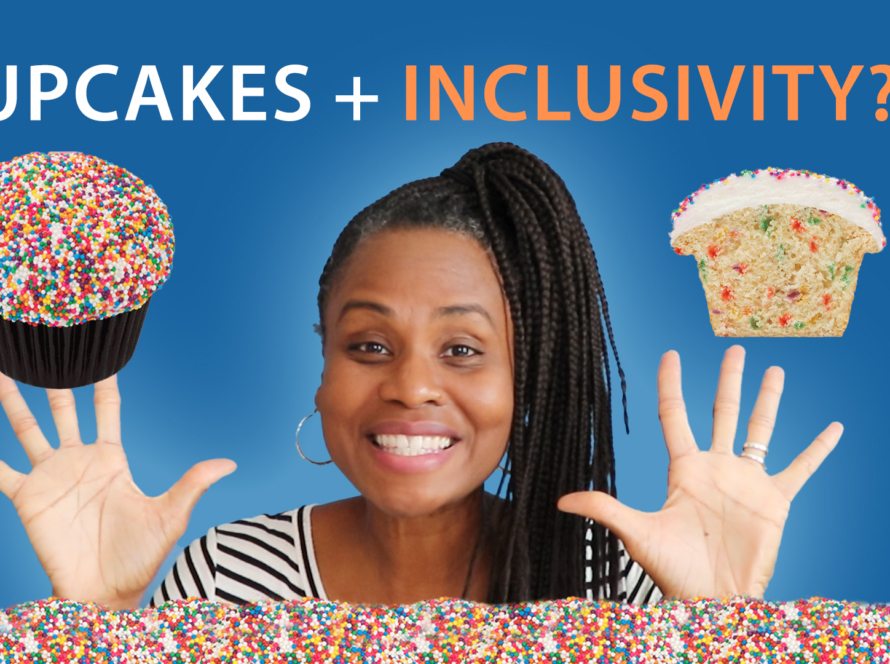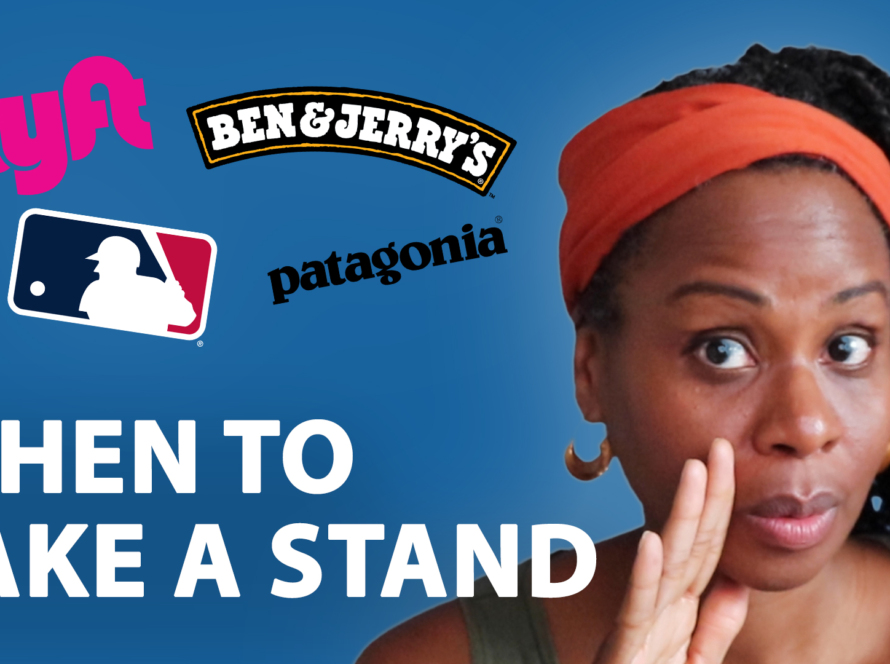Inclusive and diverse marketing is the future of marketing.
And because of that, inclusion needs to be baked into your marketing strategy starting today.
The challenge is most brands don’t know how to use diversity marketing in an authentic way that wins the attention, adoration, and loyalty of more consumers, especially those that most brands tend to ignore.
One of the most common questions I get is how do I get started building an inclusive brand. Here are four actions to take to get you going.
1. Reevaluate your buyer personas
There are a couple of problems with buyer personas or customer avatars from an inclusivity standpoint. Most people create avatars that are pretty much just like them. They look like them, talk like them, have the same lived experiences as them. They view the world the same, and often have the same background.
As a result, it ends up being a sea of sameness. That sea of sameness sends a very clear signal to those who might have some sort of difference from that standard profile that “you don’t belong here.”
That “you don’t belong here” signal pushes people who could have been very loyal to your brand away. No bueno.
Another problem with buyer personas is that many don’t have the specificity they need. And as a result, their profile defaults to the most privileged identities.
When a brand defines their ideal customer as “all women” or “busy moms” or “coaches”, that lack of specificity often results in the most privileged identities being presented and represented and being thought about from a marketing execution standpoint. This often leads to no diversity in the marketing efforts.
And as a result, people who don’t fall into those more privileged identities get left out. They feel like they don’t belong because when they don’t see themselves represented.
Ask yourself, whenever you’re saying “all women”, does that mean Muslim women? Does that include women who are single? Is it inclusive of women who are 55? Does that descriptor cover women who have some form of disability? Are Black women a part of that group? Are women who speak Spanish or French included?
To fix these buyer persona issues, get specific. Make a list of all the different types of people who have the problem that your brand solves, particularly from a demographic standpoint.
To help you get going, here are some common ways that your customers are different.
- Age
- Gender
- Sexual orientation
- Race
- Nationality
- Ethnicity
- Body size
- Body type
- Skin color
- Complexion
- Languages spoken
- Geographic location
- Parental status
- Time zone
- Marital status
- Socioeconomic status
- Degree of abledness
There are a number of ways in which your customers can be different.
Popular entrepreneur, Gary Vaynerchuk, has defined that his ideal customer includes people who speak multiple languages, not just English.
So if you were to go to his Instagram account, you’ll see that his execution from a marketing standpoint is very specific to cater to people who speak other languages. He’s got an account in English, French, Spanish and Portuguese, Chinese and Polish.

He has a number of different languages represented because he recognizes that he wants to reach a broad group of people. People who have the problem that his brand solves are broader than just those who speak English. Thus, by being more specific, he can come up with tangible ways to ensure that he’s reaching those customers using diversity marketing.
2. Deepen your degree of customer intimacy.
Have you ever had to buy a gift for someone you didn’t know
Maybe it’s at a white elephant party or it was for a secret Santa, or some other gift exchange that was happening.
Or have you ever received a gift from someone that it was just so bad or just so not right that it was obvious that they didn’t know you well, otherwise, they never would have gotten you that thing?
The products, services, and experiences that your brand delivers are like gifts that you’re giving to the people that you serve.
The better we know the people who have the problem that our brand solves, the better equipped we will be to deliver products, services, and experiences or gifts to those people that they will love.
In recent years, there have been a number of brands who decided that they want to use diversity marketing to engage diverse and underserved consumers. But they’ve struggled quite a bit, so much so that they’ve often had PR nightmares on their hands and had to issue apologies because whatever it was, their products or services, their experiences or communications, they just didn’t get them quite right.
Generally, whenever we see brands doing a poor job of engaging customers who are diverse and underserved, it’s because they have a customer intimacy problem.
They are trying to deliver a gift to someone they don’t know.
And because they don’t know them well, they’re just kind of guessing, and they make a lot of
mistakes along the way.
So what’s the fix here? Build deeper relationships, especially with those customers who are different from you. Treat them like your friends.
Think about it. You know your friends well. You know what they like, what they don’t like, what you should say,
what you shouldn’t say, when you should say something.
Because you have a deep degree of intimacy with them, you know what will get them excited, what will make them mad, what will trigger them, what will get them to think and get into a different place, an what will make them take action.
Build that same degree of intimacy with the customers that you want to serve.
3. Establish a vision for how you want your customers to feel as they are engaging with your brand
Disney is known as the happiest place on earth. Now this is totally by design. It doesn’t happen by chance. They plan for it.
Their mission for their theme parks is to “create happiness.” And because they’re very clear on what their mission is and how they want people to feel, they are able to put processes and plans in place that extend throughout every touch point within that park, even before you start at the park, to make sure that people feel the happiness, it radiates throughout them, and that they have the most wonderful time throughout their whole entire Disney experience.
So take the time to write a vision for how you want your customers to feel as they are engaging with your brand. Once you’ve defined that, you can better put plans and policies in place that will help you deliver on that feeling throughout every touch point of every part of your customer journey.
Here’s a quick example from another brand. The Ritz-Carlton Hotel is also known for delighting their customers from an experience standpoint. Their vision is to “enliven their customer’s senses.” And one of the ways in which they do that is by empowering their team with $2,000 per customer per day, that each of their team members have to delight the customers that they’re serving or to fix a problem that they see isn’t quite right, or to just make sure that the customer has what they need to have their senses enlivened and have the best experience as possible with the Ritz-Carlton.
Now that doesn’t mean that a team member should be constantly looking to spend this $2,000 per person per day, or that they have it in their pocket. It just means that they are empowered to seize an opportunity to deliver a remarkable experience to their customer.
They don’t have to go and ask for permission to make it happen. They just get it done.
4. Audit the customer experience you are currently delivering.
Once you defined how you want customers to feel as they’re going through every aspect of your customer journey, then you can evaluate how well your existing experiences are living up to that vision that you have.
Now, after the murder of George Floyd in 2020, there were a number of brands who really were trying to make a concerted effort to better speak to and serve diverse and underserved communities, in particularly, the Black community.
There was one influencer that I follow who had received some feedback around this time that she hadn’t been doing
the best job with her podcast of having a diverse slate of guest experts coming in to teach. Originally, whenever
she heard this feedback, she told this story about how, she was a little bit defensive, because she felt like
she had done a good job.
But whenever she went back and counted and actually looked at the data of the percentage of diverse
people she had as guests, she was actually appalled when she saw the number was much lower than she thought it was.
And as a result, she wanted to make sure that her vision of how she wanted her customers to feel, she wanted them to feel included, she wanted them to feel like they belong. That meant having proper representation.
She put policies in place that would make sure that her and her team could do what they need to do to make sure that they were able to have adequate diverse representation with the guests on the show.
I listen to her show, and I see that they’ve done a wonderful job of making progress. But they wouldn’t have
been able to do that if they hadn’t first audited where they were and put plans in place to get them to where they want it to be.
Get started with diversity marketing
You can do this.
You can totally build an inclusive brand that wins the attention, the adoration, and the loyalty of diverse and underserved consumers.
And if you need help along the way, don’t be afraid to ask for it. Help is there for you.
If you need additional resources to get started with diversity marketing, I’ve got you covered. Grab my Inclusive Marketing Starter Kit.
It will give you more actionable steps to get started with your diversity marketing strategy.



